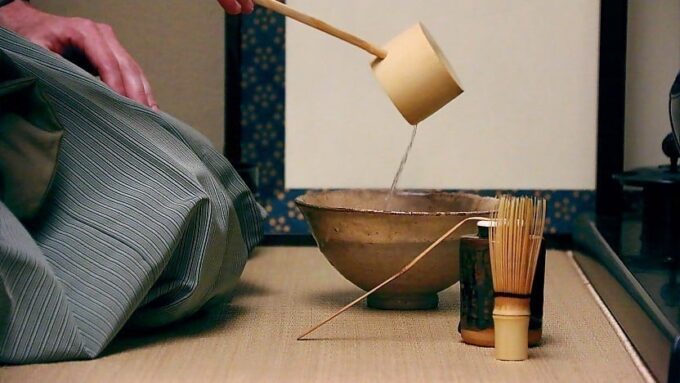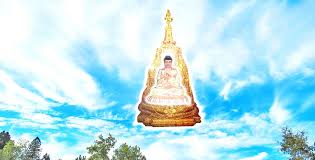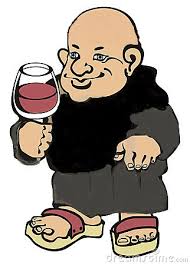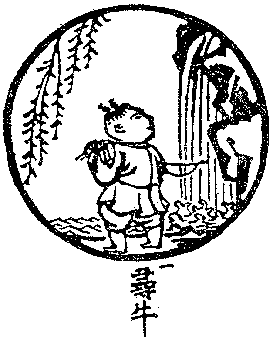Also known as the Way of the Tea, the Japanese tea ceremony is the traditional method of preparing and drinking matcha, the powdered green tea (the tea leaves were steamed, dried, and then crushed into powder). The powdered tea is used only in the Japanese tea ceremony. The ceremony is called sado or chanoyu. The word chanoyu literally means “hot water for tea”. The manner in which the tea ceremony is performed is called otemae. Tea gatherings are called chaji or chakai. A chakai is a simple hospitality event that includes thin tea, confections, and a light meal. A chaji is a formal gathering that includes a full course kaiseki meal followed by confections, thick tea, and then thin tea.
The act of preparing and drinking matcha is a choreographed art, which is requiring many years of study to master. The principles of Wa-Kei-Sei-Jaku (harmony, respect, purity and tranquility) are the principles that practitioners of chanoyu integrate into their study of the tea ceremony and into their daily lives too. There are many styles of tea ceremony, but they typically include a formal entrance, ceremonial cleansing of the utensils, serving sweets, preparing and serving bowls of tea, and the appreciation of the tools used in the performance. The Japanese tea ceremony varies from one school of thought to another, as well as with the time of day, season, venue, and other important factors.
Tea was first introduced to Japan from China (it was highly esteemed in China both for its medicinal value and for its fancy way of drinking it during the ceremonies) in the early ninth century (some claim that it was the sixth century) by Japanese Buddhist monks. In the Buddhist temples, the monks made special use of tea, this being consumed as a stimulant in order to prevent drowsiness during meditation.
The first documented tea in Japan dates back to a Buddhist monk, Eichu, as he arrived from China in the 9th century. But it didn’t become very popular until another Buddhist monk, named Eisai, introduced tencha (tea preparation) to Japan. When Eisai, the founder of the Rinzai sect of Zen Buddhism in Japan, returned from China in 1191, he introduced powdered tea and tea seeds that he brought back with him from China. The tea seeds were planted by his friend the priest Myoe at the Kozanji temple in the hills northwest of Kyoto.
There are four major aspects of chanoyu:
- Rules. The rules originally came from the monastic rules that governed the lives of priests and monks of Zen Buddhism. Over time, the various schools of chanoyu that were established in Japan developed their own particular rules. But one fundamental rule was that regarding the movement of the entire process of preparing, serving, and consuming tea into the tea room. One essential principle of the chanoyu is that the tea gathering should be a unique experience, so a particular assemblage of objects and people will be never repeated.
- Setting. The Japanese tearoom is structured strictly according to the forces of yin and yang and the Five Elements; certain portions of the room are either yin or yang and the utensils and people occupying such space are identified with these elements. The tea room evolved as a variant of a type of room known as shoin, a room in Zen temples that priests and monks used during their leisure time. The main features of a tea room include: a tatami covering the entire floor; sliding doors, an alcove, asymmetrical shelves, and a floor-level desk. During a tea ceremony, the alcove usually contains a scroll of calligraphy, a flower arrangement, or both. Some tea rooms have another, unique feature: a “crawling-in” entranceway. Usually this is a space cut at floor level into one of the walls. Using this entranceway obliges one to crawl on hands and knees into the tea room. It is an act of personal humility symbolizing the shedding of social distinctions and ranks for the duration of the tea ceremony. In the tea room, the emphasis is put on the interaction between the host, guests, and tea utensils. The host will choose an assemblage of objects specific to that gathering and use those utensils to perform the tea preparations in front of the guests.
- Behavior. Two of the qualities of human behavior especially treasured in chanoyu are harmony and respect. The host and the guests seek to establish and maintain an atmosphere of perfect harmony during a tea ceremony; such harmony is reinforced by mutual respect. The guests must undergo purification–usually by washing their hands and rinsing their mouths at the washing basins–to be able to enter into the tea room and participate in the tea ceremony. The guests show respect also by appreciating the way of preparing, the tools and bowls, the skill and the taste of the tea.
- Taste. Chanoyu strives for aesthetic perfection. Through the ages, the tea masters have designed tea rooms with the utmost care, in accordance with the aesthetic values most treasured by the tea world and with their own personal preferences. Esthetics is an essential feature of all rituals. Tea utensils are works of art that owe their ‘beauty” to the fact that they mediate between man and the sacred. Particularly relevant to chanoyu is the fact that its ritual involves learning by the body rather than by intellect. It prefers to use non-verbal forms of communicating values rather than verbal ones, and when verbal forms are used, they take on the highly ordered forms of song/poetry and rhythmic recitation.
There are two kinds of tea ceremony, formal and informal. Surprisingly, it is the informal kind, known as wabicha, or tea (cha) based on the wabi aesthetic, that is the more highly esteemed. The term wabi defies precise definition, but one scholar has sought to describe it as comprising three kinds of beauty: a simple, unpretentious beauty; an imperfect, irregular beauty; and an austere, stark beauty.
In the tea ceremony, two kinds of tea may be served:
– Koicha is a thick blend of powdered tea and hot water, involving a sort of kneading to blend the large amount of powdered tea (matcha) with relatively little water.
– Usucha is a thin tea. To prepare it, matcha and hot water are whipped using the tea whisk.
The utmost authority in the art of tea ceremony, Master Sen Rikyu, said that tea is nothing more than boiling water, making tea and drinking it. It is this simplicity that makes the study of chanoyu a lifelong pursuit. Although the Japanese word for the tea ceremony, chanoyu, literally means “hot water for tea,” the practice involves much more than its name implies.
photo credit: rockpaperink




